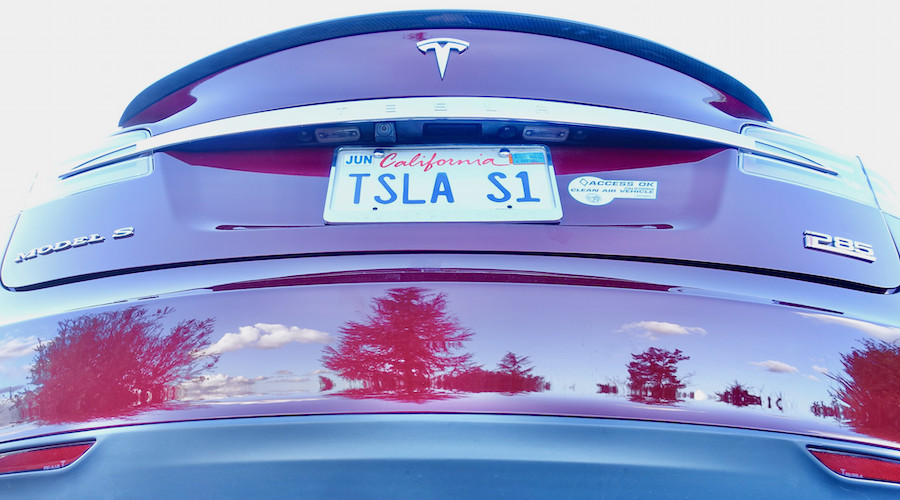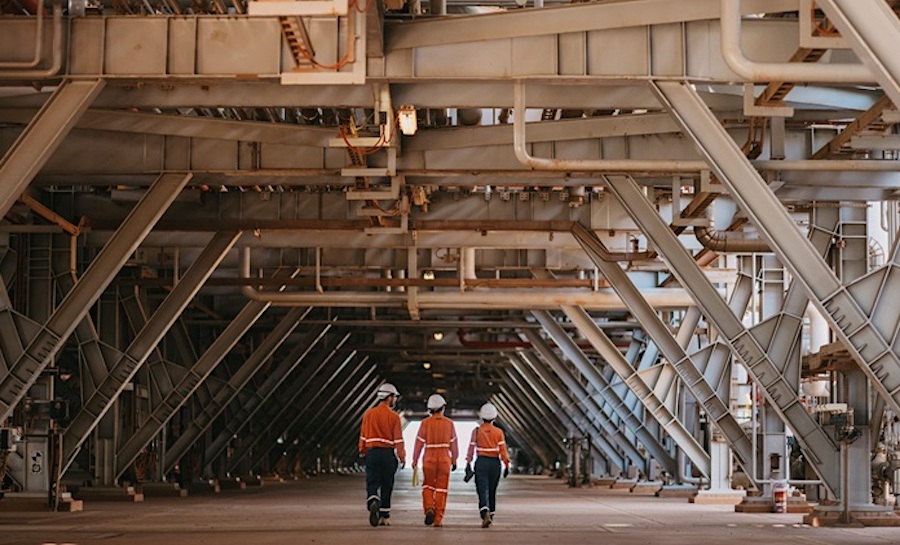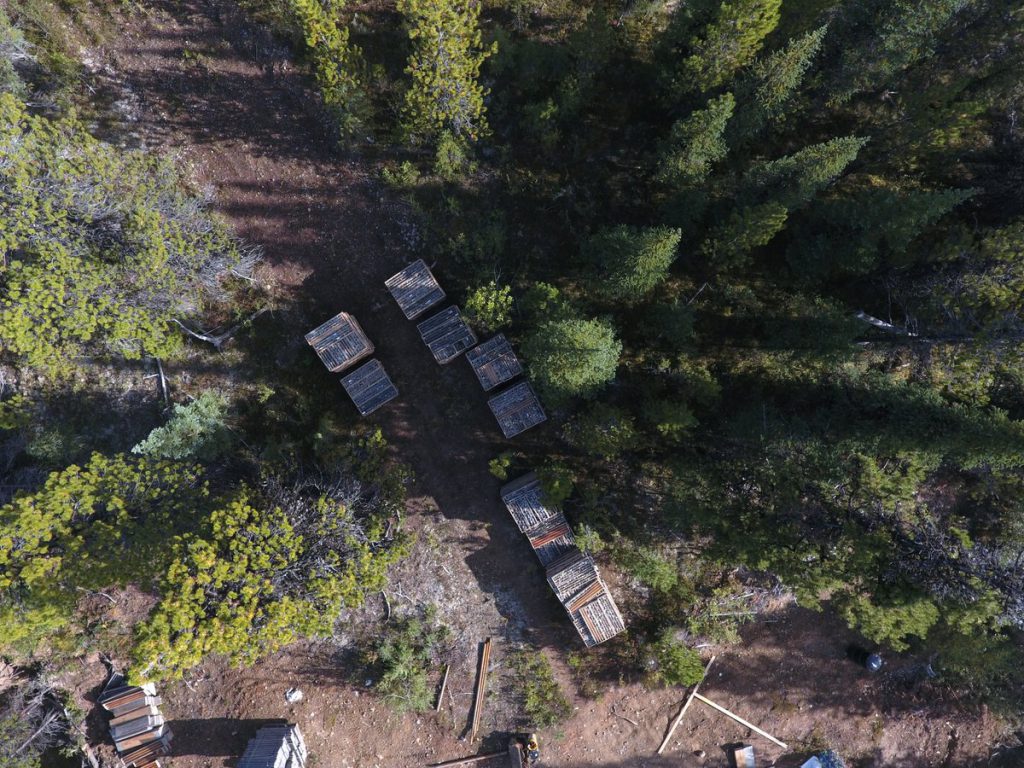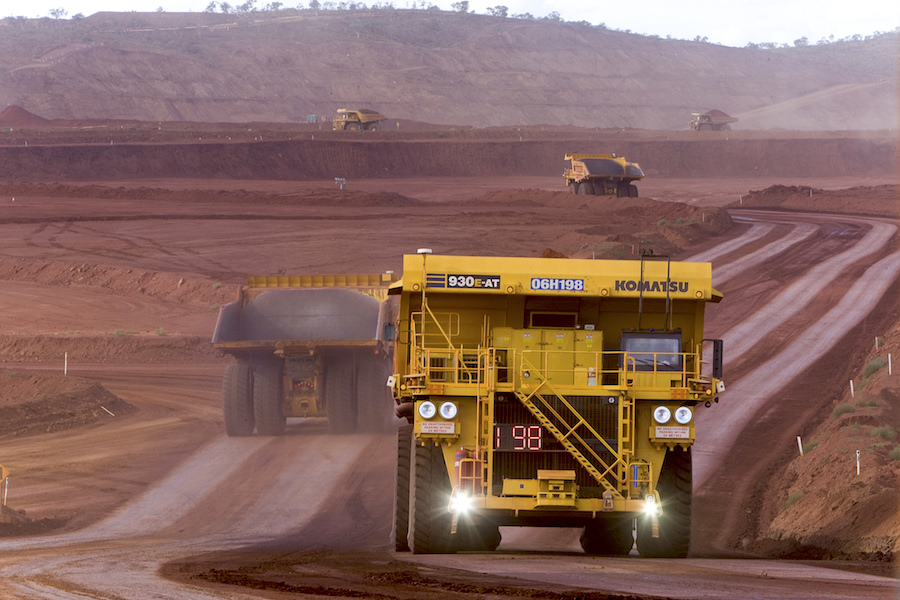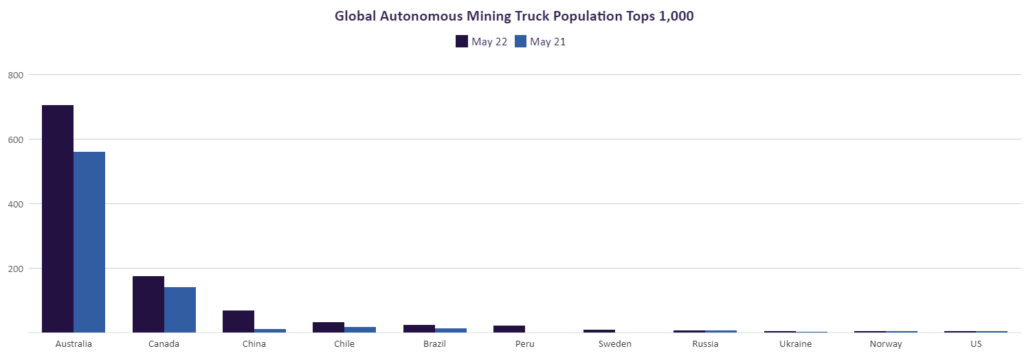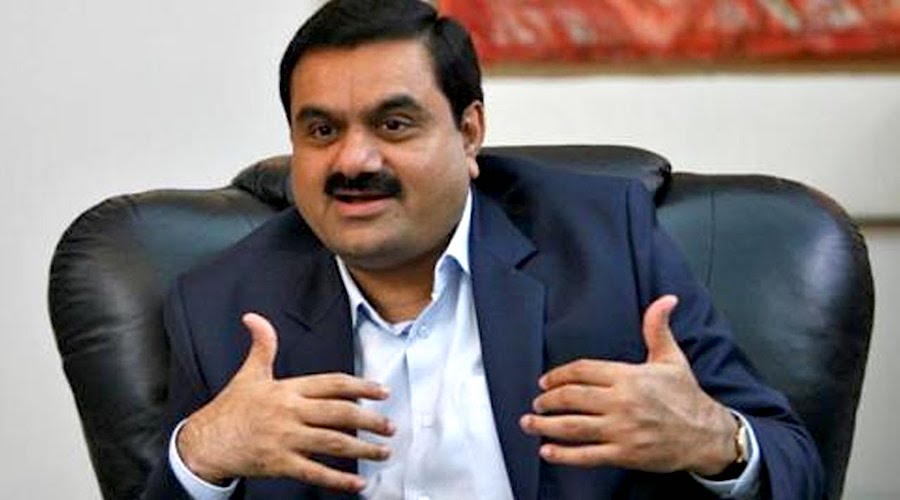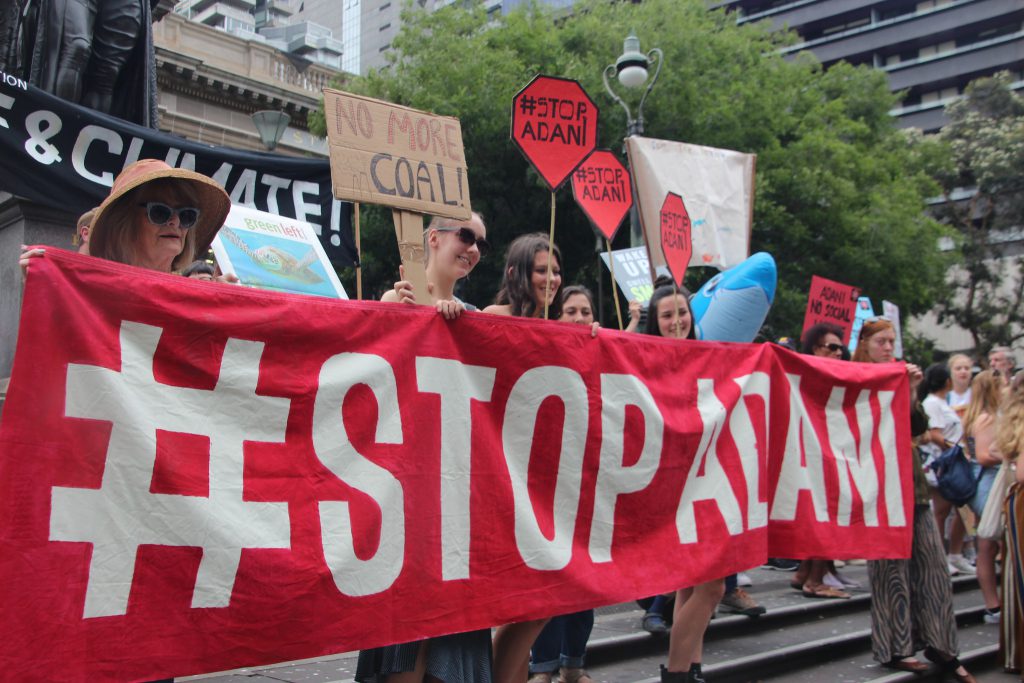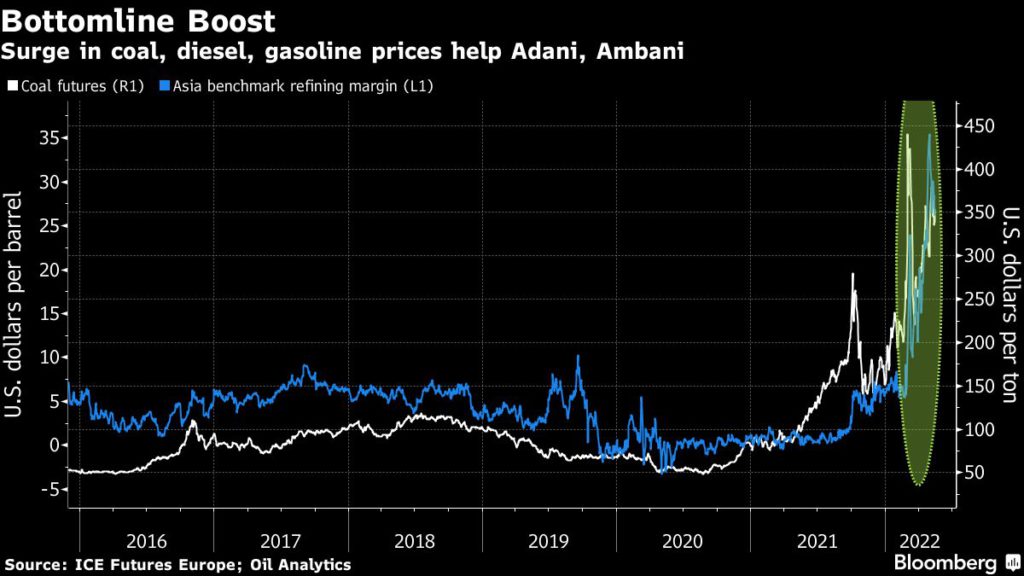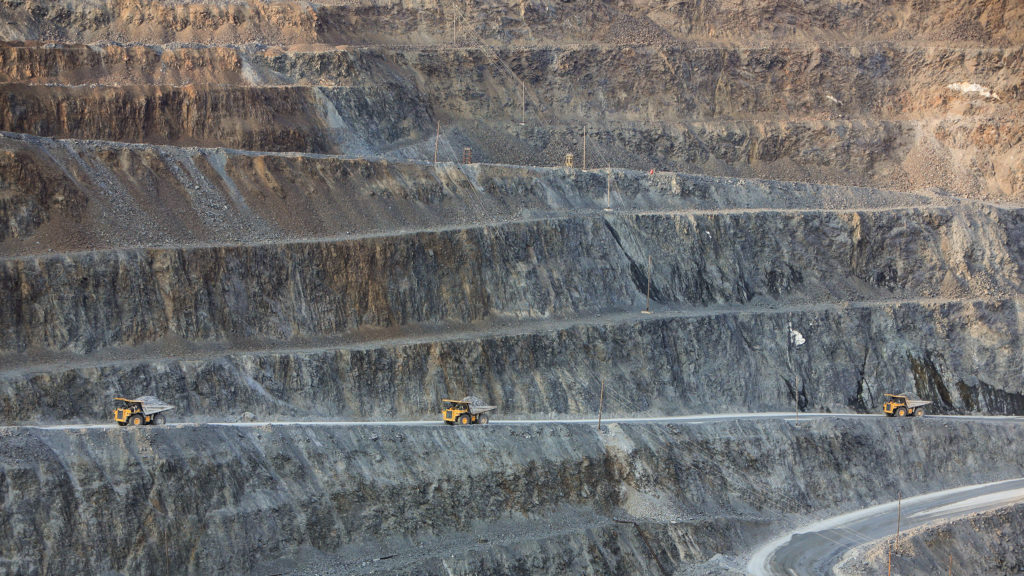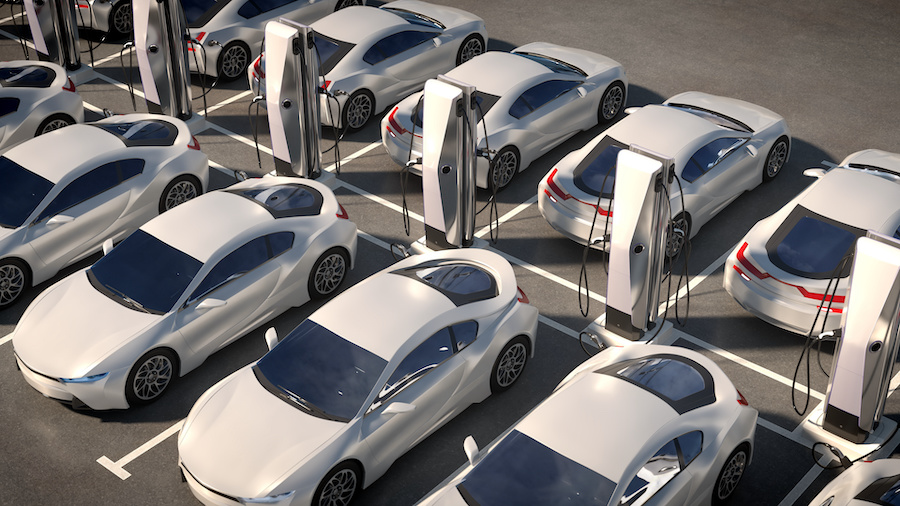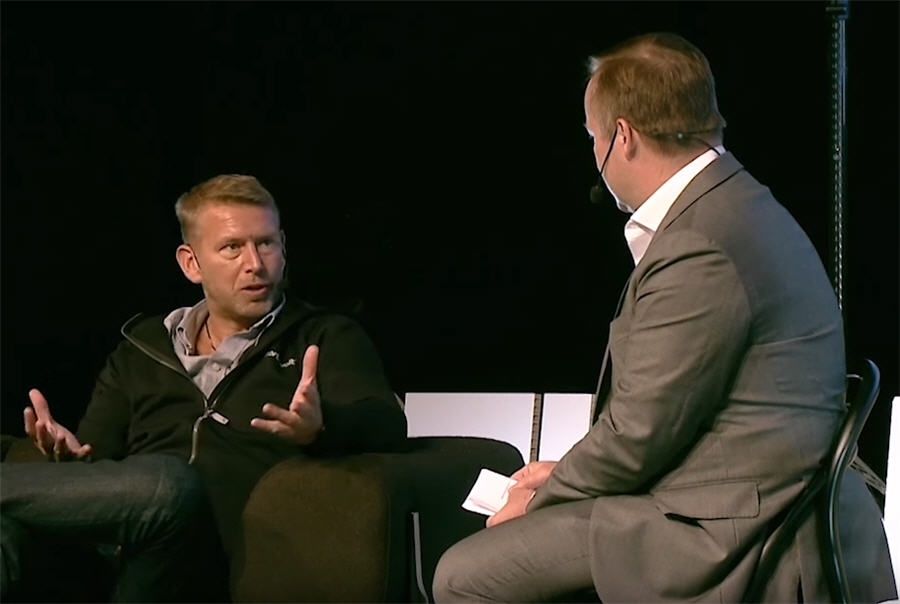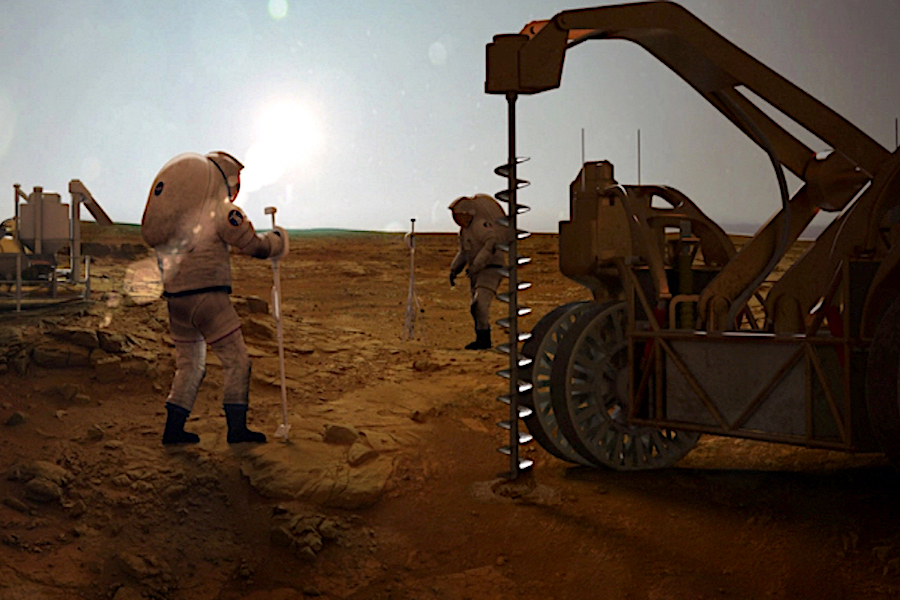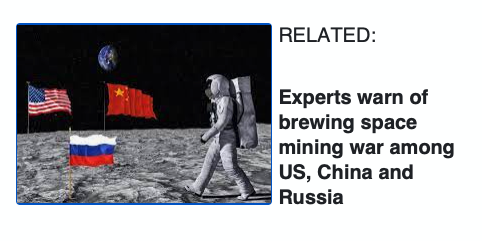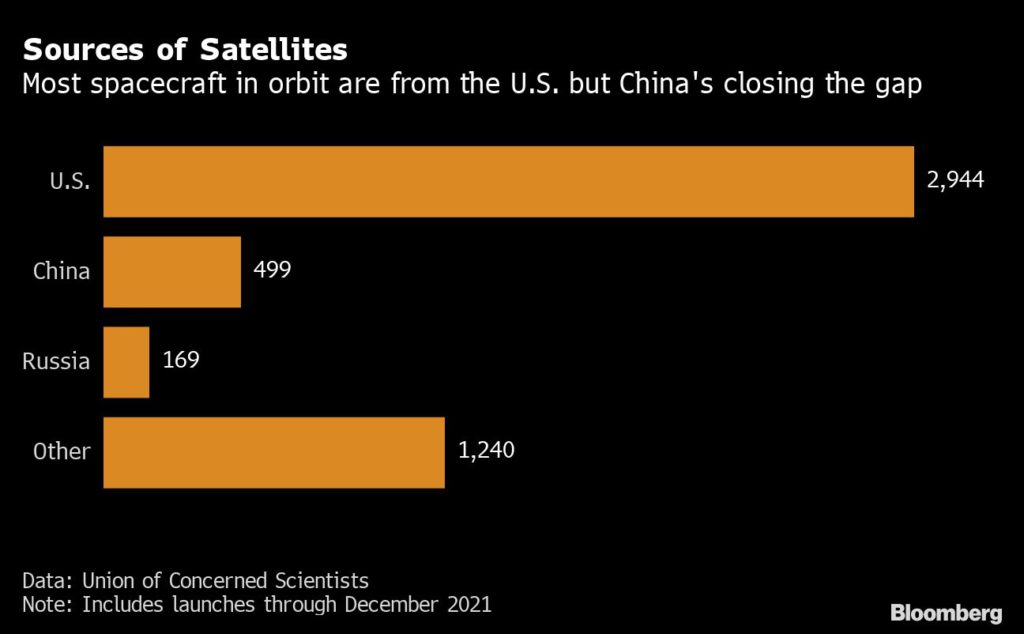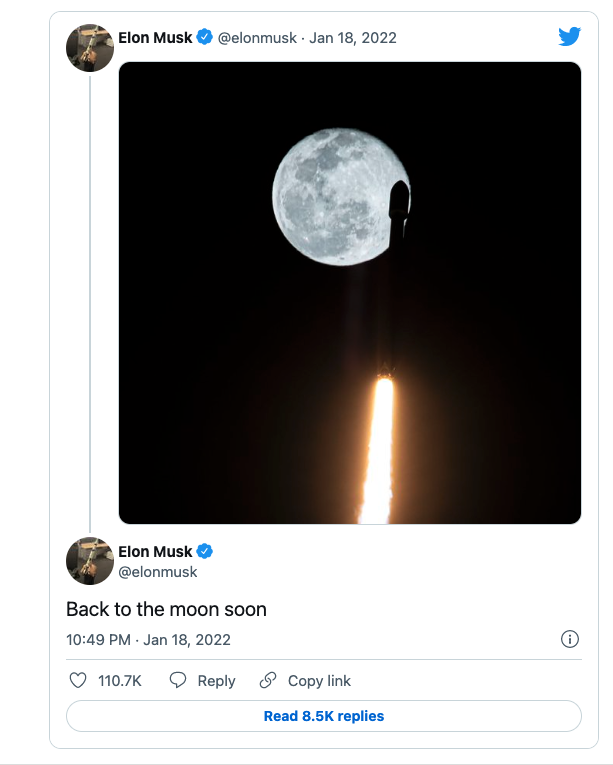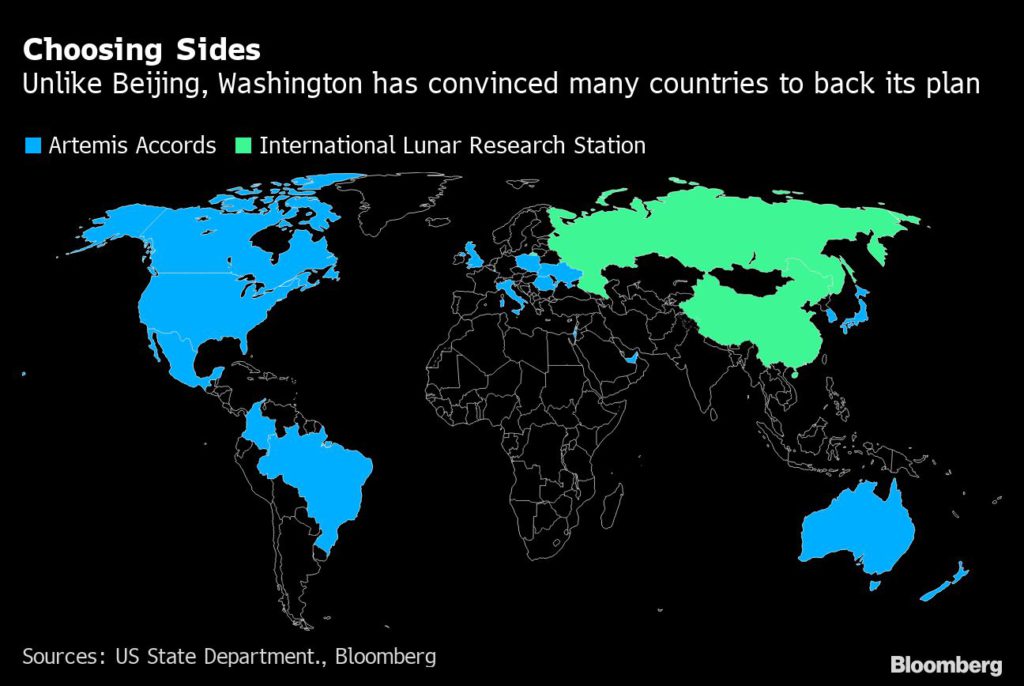Heat Wave Tests the Limits Of Texas Power Grid
Power demand in Texas amid the current heatwave reached a new record on Thursday and was set to break that record on Friday.
The Electric Reliability Council of Texas, or ERCOT, reported that conditions on Friday were normal, so far.
But the grid’s capabilities in times of extreme weather have been again called into question as last week, ERCOT asked customers to scale back their energy usage as several power plants in the state shut down, causing prices to soar to more than $4,000 / MWh. ERCOT has maintained that it was merely a proactive request and not an emergency alert.
ERCOT has devoted much time and effort to reassuring the public that the lights will stay on this summer, and that its generation capacity is sufficient to fulfill the lofty demands throughout the summer months under normal conditions and under most extreme weather and grid scenarios.
Earlier in May, there was a spattering of outages in Texas as the heatwave took hold.
ERCOT has also asked power generators to defer scheduled maintenance—scheduled maintenance that is typically completed in the runup to the hot months.
Critics of ERCOT—which grew in number after the horrific Texas freeze that resulted in blackouts that claimed the lives of 246 people—argue that calls for decreased power usage in the middle of May, well below typical peak summer temperatures, is a worrisome sign.
Several grid operators have warned this summer will see electricity shortages as they anticipate they will be unable to cope with the call for power. California warned that it would need to produce more electricity if it is to avoid blackouts, and The Midcontinent Independent System Operator (MISO), the nonprofit charged with operating the power grid in 15 U.S. states and Manitoba, issued a warning about outages during the summer.
The WSJ cited grid operators as a warning recently that the pace of progress in battery storage capacity development was too slow to compensate for the closures of fossil fuel power plants in favor of wind and solar installations.
By Julianne Geiger for Oilprice.com
